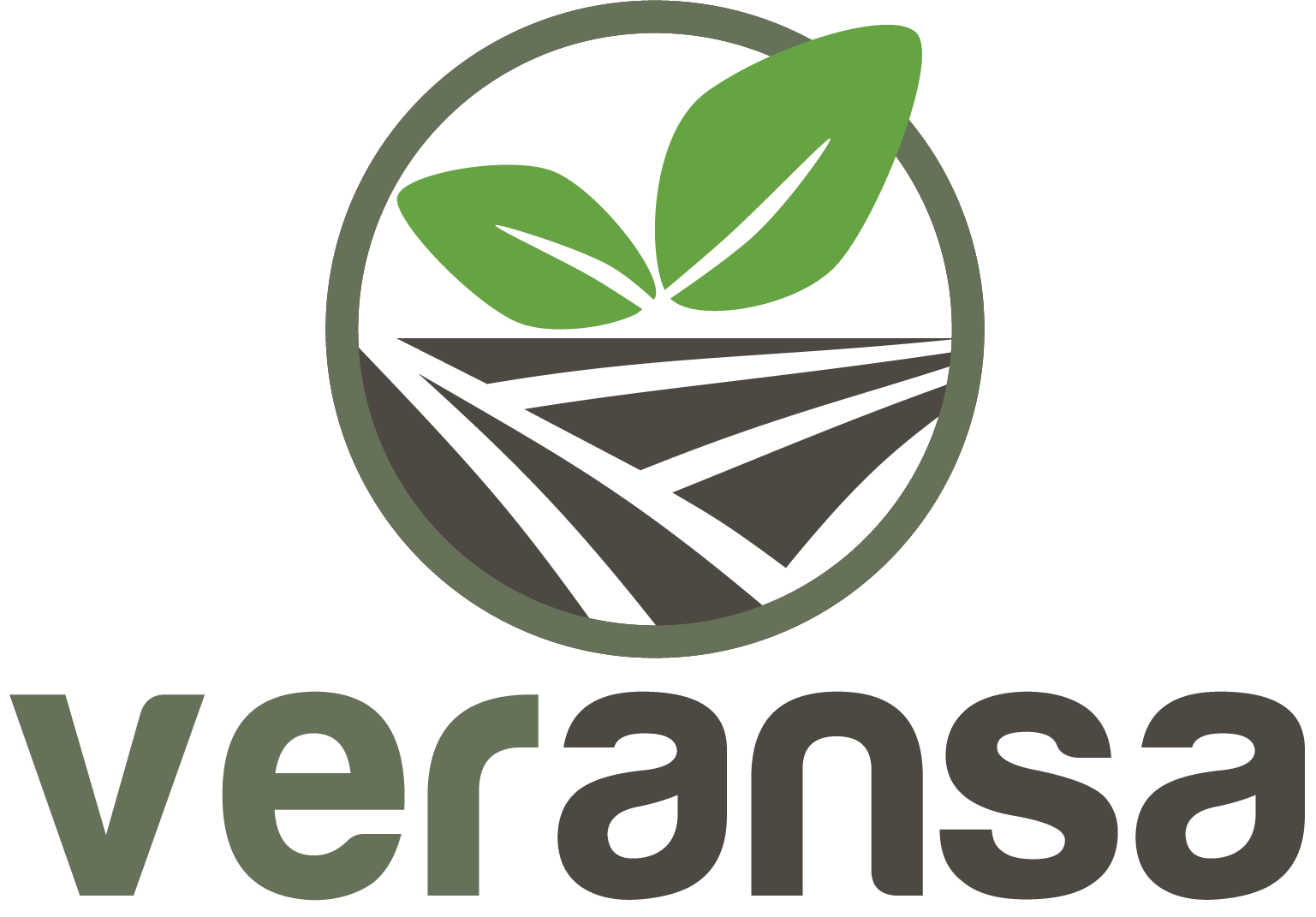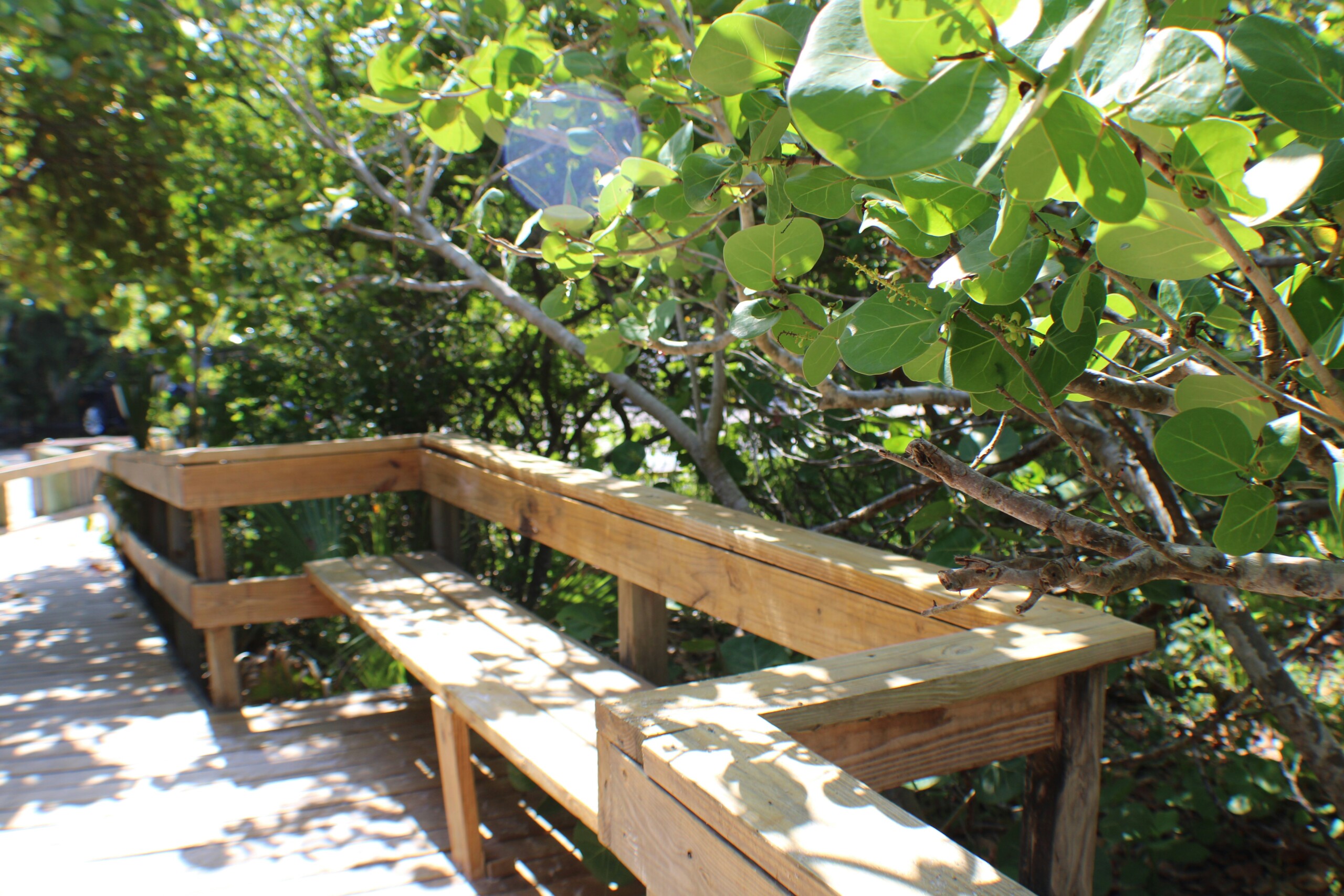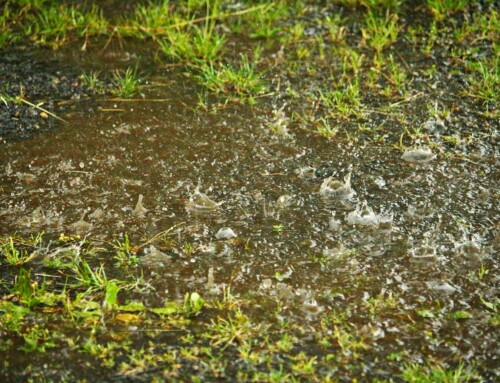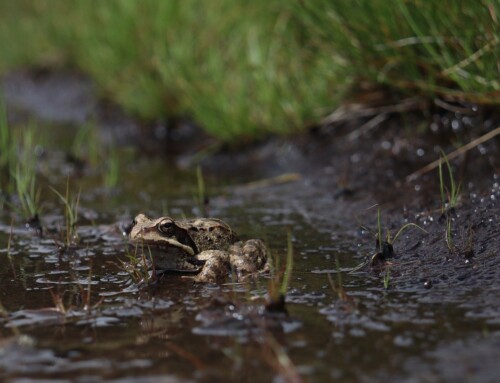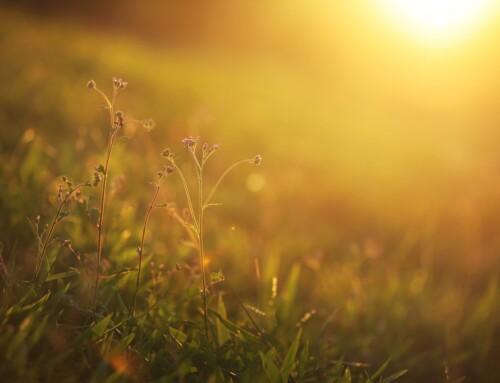Life on the Gulf Coast of Florida is truly special. From the tropical climate to the gorgeous coastal waterfront, the natural beauty that surrounds us in undeniable. Still, living this close to the water can also present some challenges, especially those related to severe weather. To boost our level of coastal resilience in the face of hurricanes – and to protect your own residential property from Mother Nature – Florida homeowners can install native salt-tolerant plants. These hardy native plants not only survive and thrive under our specific climate conditions, but they are beneficial to the ecosystem.
Native Plants are Essential
Florida native plants have evolved in this region, adapting themselves over time to withstand the local climate. They are a vital part of the ecosystem, providing food and habitat for native birds and wildlife. When residential homeowners cultivate native species and include them in their landscaping, they are protecting and preserving the balance of the local environment – while also benefitting personally. Salt-tolerant native plants:
- Offer Resilience to Saltwater: Coastal regions are vulnerable to saltwater intrusion, which can damage non-native and conventional plants. Salt-tolerant plants are able to withstand saltwater exposure and salty soils. This resilience is most valuable during hurricanes and severe storms when storm surges drive sea water further inland.
- Provide Effective Erosion Control: The strong, established root systems of salt-tolerant plants help stabilize the soil structure and avoid erosion. Hurricanes are typically associated with significant amounts of rainfall and severe winds that can erode topsoil, but native vegetation is a natural buffer that will prevent this degradation.
- Provide Low Maintenance Beauty: Native plants have adapted to regional conditions, minimizing the need for excessive irrigation and fertilization. They can easily withstand periods of drought, making them ideal for residential low-maintenance landscaping.
- Attract Wildlife with Natural Habitats: Native birds, butterflies, and pollinators are attracted to salt-resistant plants, as they provide a safe haven and support their proliferation.
Popular Salt-Tolerant Florida Native Plants
- Seaside Goldenrod is a perennial wildflower with small, yellow flowers arranged on the upper side of branches. This unique placement creates a feathery, plume-shaped floral display that pollinators love. Goldenrod grows easily and is tolerant of wet, dry, or salty soil.
- Red-Tip and Horizontal Cocoplums can rapidly grow into a large bush/small tree up to 20 feet in height. Their foliage is shiny, dark green, and round with bronze-red new growth tips and edible, plum-like fruit. The plants are drought, salt, wind, and poor soil tolerant and provide a sanctuary for Epicorsia moths.
- Cabbage Palms (Palmetto) are the honorable state tree of Florida. They exhibit fan-shaped leaves and plentiful white flowers. They support many epiphytic (air) plants, pollinators, birds, and mammals. These palms are extremely wind, salt, drought, and flood tolerant.
- Sea Grape is an evergreen plant that can reach up to 40 ft. in height. It showcases large, red-veined, round leaves, spikes of whitish flowers, and edible, reddish fruits that hang in grape-like clusters. Sea Grapes do best in well-drained soil and are excellent additions to high-wind and salt-exposed coastal locations.
Prepare for Hurricanes with Native Plants
When planting native salt-tolerant plants to protect your property from hurricanes, be sure to diversify your landscape with a mix of plants to improve resilience and achieve more robust protection against extreme weather conditions and soil erosion. Strategic placement will create natural windbreaks and buffers against potential storm surges.
Another fantastic way to prevent soil erosion is to apply a layer of organic mulch. Mulch protects the underlying soil from degradation and allows plant roots to grow in a safer environment. At the Veransa Group, we create natural mulch products from yard, wood, and green waste, keeping those materials out of landfills and returning nutrients and minerals to the soil. If you are currently preparing your gardens for the season, call today to learn more.
Veransa has 5 regional drop-off and retail locations: click here to find the one closest to you.
